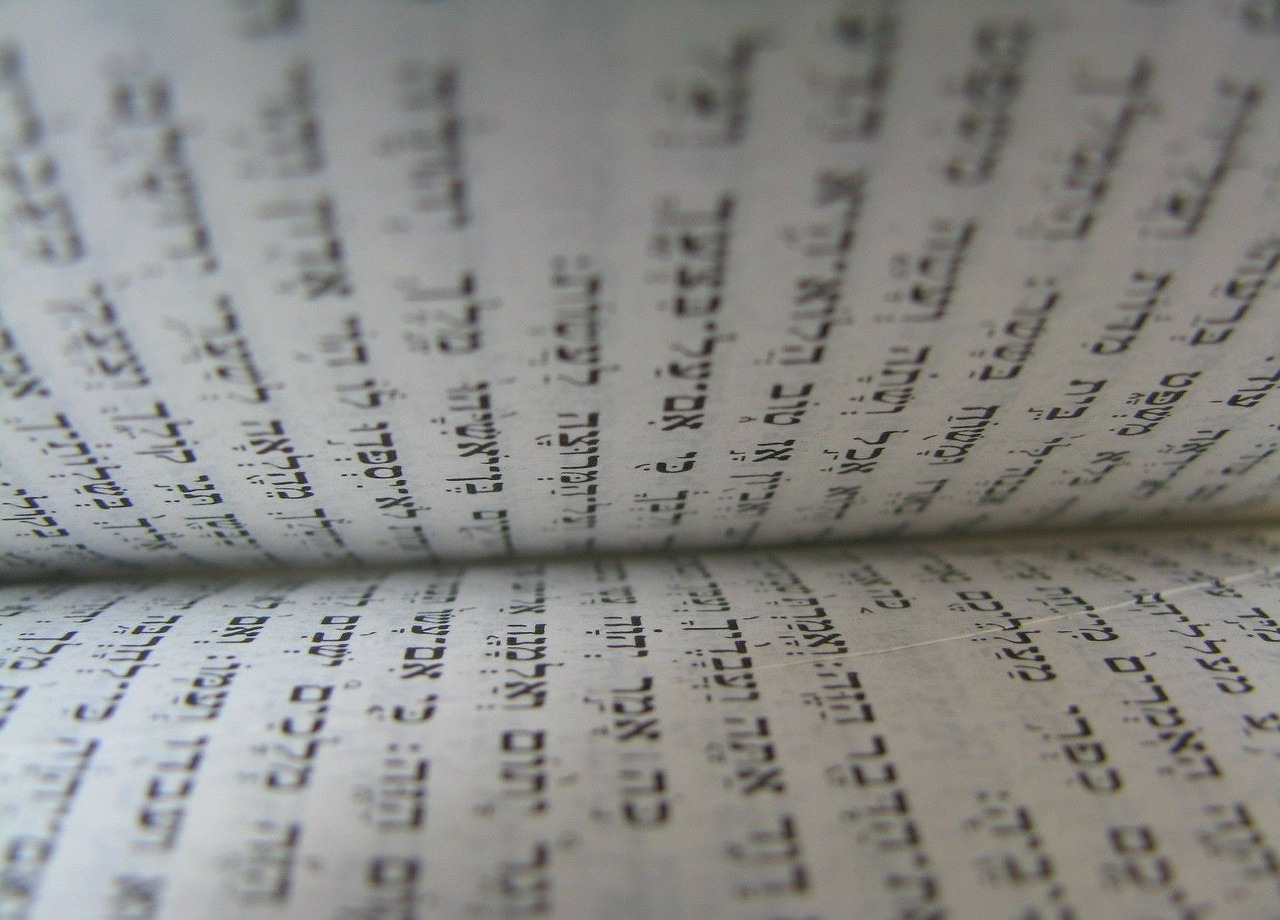
“ויבואו בני ישראל בתוך הים ביבשה והמים להם חומה מימינם ומשמאלם”
What does it mean that they were in the sea yet at the same time on the land? You can’t be in both places at the same time. The Midrash Rabah (Shemos Rabah 21:10) explains that when they were in the sea Hashem provided for all their needs as if they were on the land. When a child was crying out of hunger the mother would reach out with her hand and take an apple or pomegranate from the sea. Hashem even provided them with fruit. In honor of Tu B’shvat this coming week I would like to discuss a halacha that pertains to eating fruit.
The מגן אברהם in סימן קל”א writes “ונוהגין האשכנזים להרבות אז במיני פרות של אילנות” – The custom of the Ashkenazim on ט”ו בשבט is to eat many different types of fruit. The כף החיים says that even amongst the Sefardim there are those who have this custom. Many also have the מנהג to eat a new fruit so they can make a ברכת שהחינו.
The מחבר (סימן רכ”ה סעיף ג’) writes “הרואה פרי חדש מתחדש משנה לשנה מברך שהחינו, ואפילו רואהו ביד חברו או על האילן, ונהגו שלא לברך עד שעת אכילה”. – One makes the brocha שהחינו when he sees new fruit. Even if his friend is holding it or it is still on the tree, for the brocha is for the simcha one has for the new fruit. The מנהג however is to make the brocha only at the time one eats the fruit and not upon seeing it. Reb Moshe Feinstein zt’l (אגרות משה ח”א סי’ פ”ז) writes that if one had in front of him on the table different fruit that were all חייב in a שהחינו, and he made a ברכה on one of them, the others do not need their own שהחינו even if he does not eat them right away.
The משנה ברורה explains that everyone agrees if one only has simcha when eating it and not at the time of seeing it he would only recite the brocha upon eating it. Therefore, in order not to differentiate amongst different people, they established that the brocha for everyone is only at the time of eating it.
When one eats a new fruit which brocha should be made first, the על העץ or the שהחינו? The פרי מגדים writes that it is more לכתחילה to first make the שהחינו and then על העץ. The ערוך השולחן explains that although the ברכת העץ is more תדיר than the ברכת שהחינו and the general rule is תדיר ושאינו תדיר תדיר קודם – when there are two obligations, the one that is done more often takes precedence, that only applies when their חיוב comes at the same time. In our case however the obligation to say the ברכת שהחינו is really from the time the person sees it. Also if the שהחינו is made second there will be a הפסק between the ברכה and אכילה since ברכת שהחינו is really a ברכת רשות.
The משנה ברורה rules that if one first made an על העץ he should eat from the fruit and then make a שהחינו. If one made the שהחינו before he ate then בדיעבד it is not considered a הפסק.
The חתם סופר (הגהות שו”ע) rules that תדיר ושאינו תדיר applies here as well. Also since we accepted upon ourselves the ברכת שהחינו as a חובה it is not considered a הפסק. The חזון איש first made the brocha of בורא פרי העץ and then afterwards a שהחינו. The כף החיים and the ערוך השלחן both say that this is the accepted practice. This is the common practice among the Sefardim. The מנהג of the Ashkenazim varies.[1]
Prepared by R’ Avrohom Yehoshua Ziskind
This author can be reached by email at shueyziskind@gmail.com
[1] Sources:משנה ברורה, פסקי תשובות,דרשו,אבני שוהם